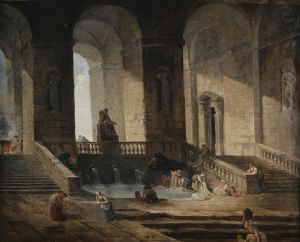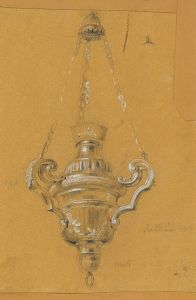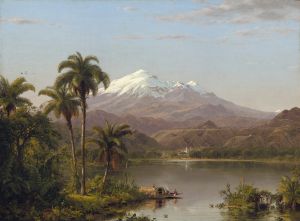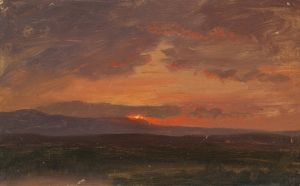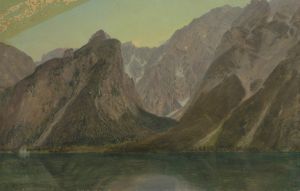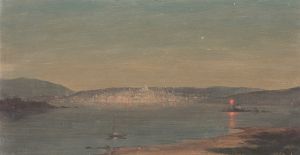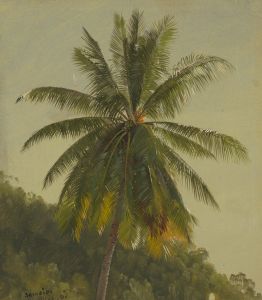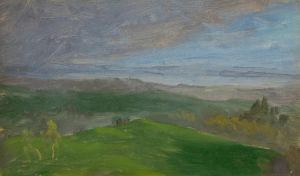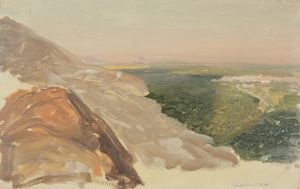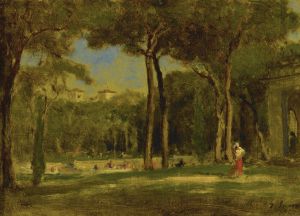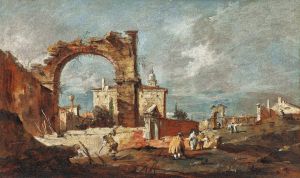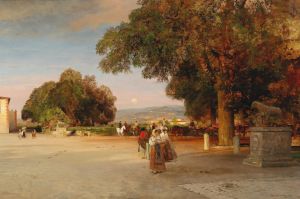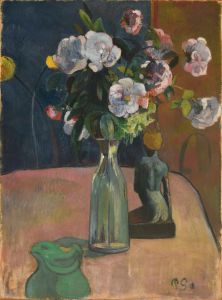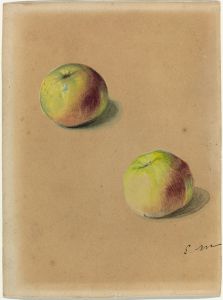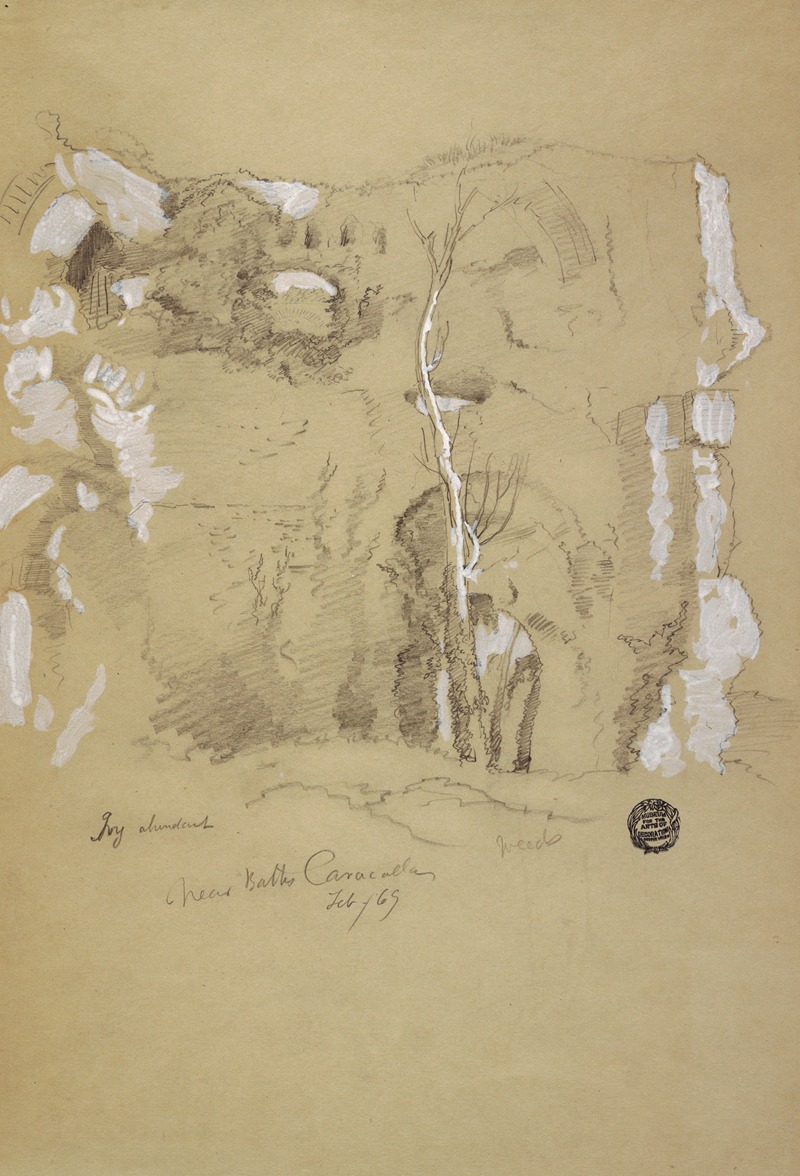
Landscape near the Baths of Caracalla, Rome
A hand-painted replica of Frederic Edwin Church’s masterpiece Landscape near the Baths of Caracalla, Rome, meticulously crafted by professional artists to capture the true essence of the original. Each piece is created with museum-quality canvas and rare mineral pigments, carefully painted by experienced artists with delicate brushstrokes and rich, layered colors to perfectly recreate the texture of the original artwork. Unlike machine-printed reproductions, this hand-painted version brings the painting to life, infused with the artist’s emotions and skill in every stroke. Whether for personal collection or home decoration, it instantly elevates the artistic atmosphere of any space.
"Landscape near the Baths of Caracalla, Rome" is a painting by the American artist Frederic Edwin Church, a prominent figure in the Hudson River School, known for his grand landscapes and detailed depictions of natural scenes. This particular work showcases Church's interest in combining natural beauty with historical and architectural elements, a theme that was prevalent in his later works.
Frederic Edwin Church was born in 1826 in Hartford, Connecticut, and became one of the most celebrated landscape painters of his time. He studied under Thomas Cole, the founder of the Hudson River School, and quickly developed his own style characterized by meticulous attention to detail and a keen interest in light and atmosphere. Church's travels played a significant role in shaping his artistic vision, and he often sought inspiration from various locations around the world.
The painting "Landscape near the Baths of Caracalla, Rome" was created during a period when Church was deeply influenced by his travels in Europe and the Middle East. The Baths of Caracalla, located in Rome, are one of the most famous ancient Roman public baths and a significant architectural landmark. Built between AD 212 and 216 during the reign of Emperor Caracalla, these baths were among the largest and most impressive of their kind, showcasing the grandeur of Roman engineering and architecture.
In this painting, Church captures the serene and picturesque landscape surrounding the ancient ruins of the Baths of Caracalla. The composition reflects his ability to blend natural and man-made elements harmoniously, highlighting the timeless beauty of the Roman countryside. The use of light and shadow in the painting demonstrates Church's mastery in creating depth and atmosphere, inviting viewers to immerse themselves in the tranquil scene.
Church's work often carried a sense of exploration and discovery, and "Landscape near the Baths of Caracalla, Rome" is no exception. It reflects his fascination with the intersection of nature and history, a theme that resonated with audiences of his time who were captivated by the romantic allure of distant lands and ancient civilizations. The painting serves as a testament to Church's skill in capturing the essence of a place, transporting viewers to a different time and space through his art.
Frederic Edwin Church's legacy as a landscape painter is marked by his ability to convey the sublime beauty of the natural world while incorporating elements of history and culture. "Landscape near the Baths of Caracalla, Rome" exemplifies this approach, offering a glimpse into the artist's vision and the enduring appeal of his work. Today, Church's paintings continue to be celebrated for their technical excellence and their ability to evoke a sense of wonder and appreciation for the world's diverse landscapes.





